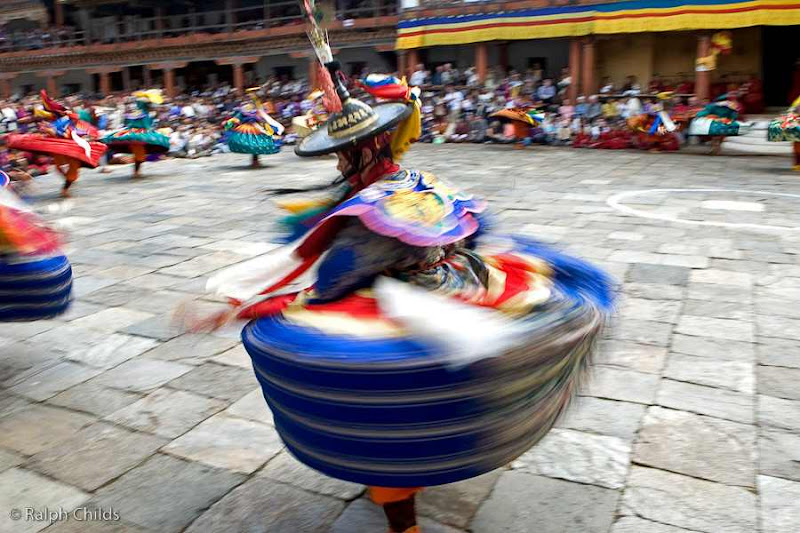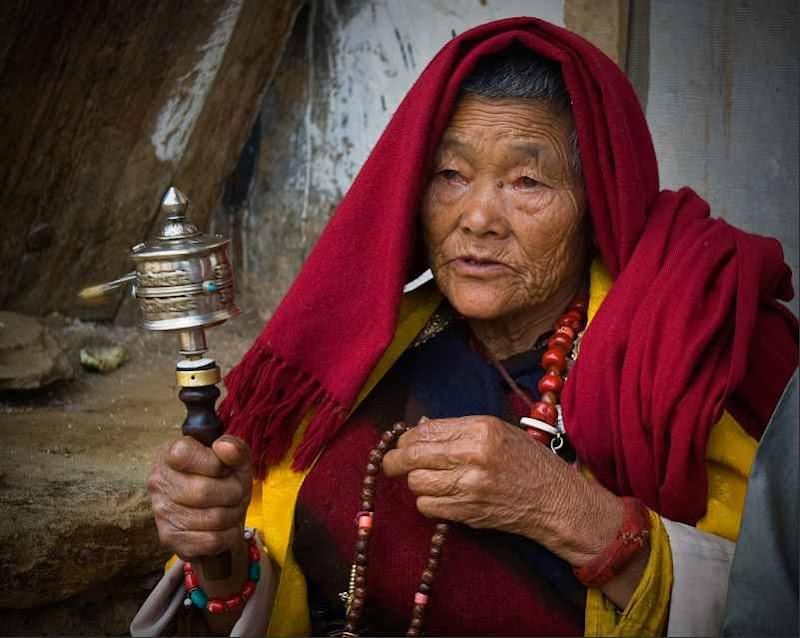 Chandni Chowk - Photo © Tewfic El-Sawy-All Rights Reserved
Chandni Chowk - Photo © Tewfic El-Sawy-All Rights ReservedHaving now gotten rid of flu symptoms and of my jet lag, I think I settled a lingering thought that made its presence felt during the Foundry Photojournalism Workshop earlier this month.
The class I taught was
Introduction To Multimedia Storytelling, and its whole premise was based on encouraging its participants to concentrate on the story, rather than on the application, and how to make quick work of slideshow production by using SoundSlides, by using their own images and audio generated in the field, and to produce a cogent photo story under the simulation of publishing deadlines.
Now, I realize that the big name newspapers and mainstream media have teams of photo editors and sound engineers that create these multimedia slideshows for publication, and use sophisticated software (Final Cut Pro and a myriad of other applications), but let's be real... many of us may not work for (or be published by) such newspapers and media, nor have access to that kind of infrastructural and creative support.
The objective I set forth for my class was achieved by most of its participants and one of them, Dhiraj Singh, even won the top award for photography for his poignant
My Name is Dechen, despite strong competition from other multimedia presentations created by other photographers using Final Cut Pro and other software applications.
Is a simple flash-based slideshow making software adequate enough to win awards? It seems so, doesn't it?. Naturally, it wasn't the application's sophistication that mattered, but Dhiraj's creativity...the beauty and poignancy of his work...that counted, not the simplicity or even shortcomings of the software. Simple applications that do the work do not require a photographer (whose primary focus should be in photographing) to sit for hours and days to present a complex multimedia package. And I'm not counting the time (and money) required to learn it.
Is there room for simple and complex multimedia? Of course there is. But keeping it simple frequently trumps the competition from more intricate and complicated applications...especially where speed is of the essence. Yasin Dar, one of my class' participants put a beautiful SoundSlides slideshow together in a single afternoon...from photographing and recording a couple of audio tracks to producing the final photo essay.
Finally, I have no affiliation whatsoever with any software maker, except that I like what I currently use for its simplicity, low cost and ease of use. If I find another application that better serves my purpose, I'll migrate over to it and use it.
So the moral of the story is this: Keep It Simple And Use Your Time To Photograph.


















































